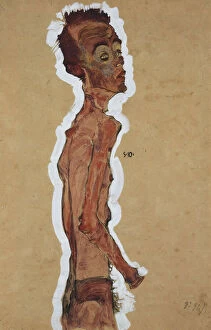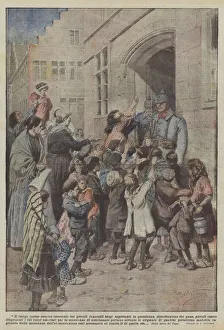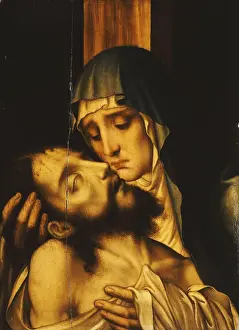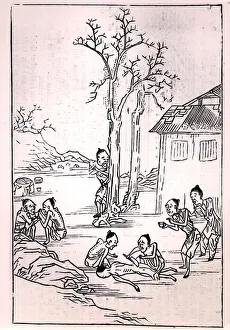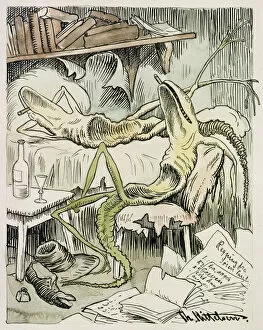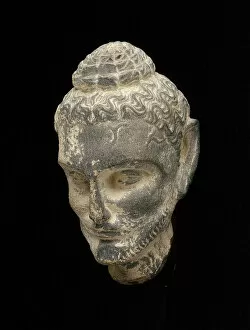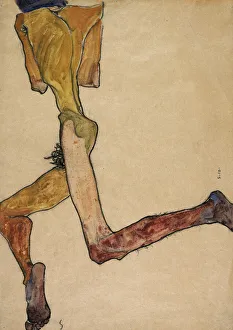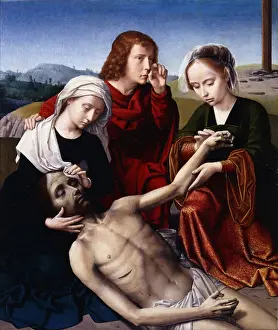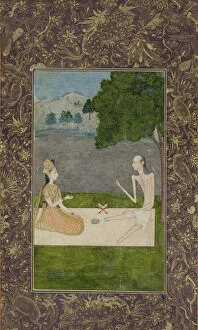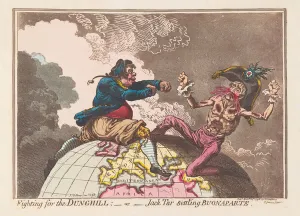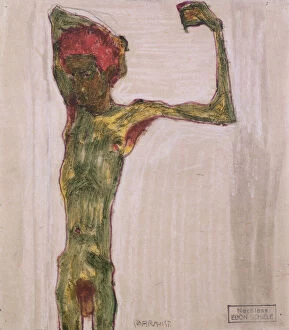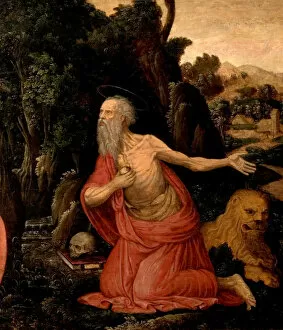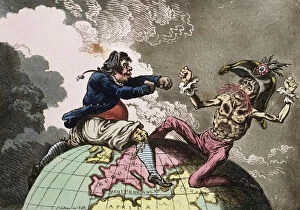"Emaciated: A Haunting Journey Through Artistic Depictions of Hunger and Desperation" Step into the Museum at Lahore and witness the profound stillness emanating from the Statue of the fasting or emaciated Buddha. Its skeletal form serves as a poignant reminder of human vulnerability in the face of deprivation. In a self-portrait from 1910, gouache, watercolor, and charcoal on paper intertwine to depict an artist's struggle with his own physical deterioration. The gaunt figure reflects both inner turmoil and external affliction. "The Miser's Feast, " an engraving from 1786, captures a grotesque scene where greed has devoured humanity. Emaciation becomes symbolic of moral decay as figures gorge themselves while others starve. Traveling further east, "La Famine Dans La Province De Chan-Si, " an engraving depicting famine in China, reveals harrowing scenes of skeletal bodies clinging to life amidst desolate landscapes. Their emaciated forms bear witness to unimaginable suffering. Thomas McLean's lithograph titled "An Emancipated Negro" portrays a freed individual who carries not only physical scars but also emotional weight. The image speaks volumes about resilience in the face of adversity. "Famine in China, " a color lithograph, unveils haunting images that sear into our collective consciousness. Starvation grips innocent lives as their once-vibrant bodies waste away; their eyes reflect desperation for salvation. A chilling color lithograph depicts a lynch mob seeking vengeance against accused parents who supposedly harmed their child. In this macabre scene, emaciation takes on new meaning—a symbol not only for hunger but also for society's brutality. Witnessing "The long ever-growing procession of little Belgian children" through another color lithograph evokes heart-wrenching empathy for those affected by war-induced starvation. Innocence fades away within these fragile frames marked by malnourishment.






